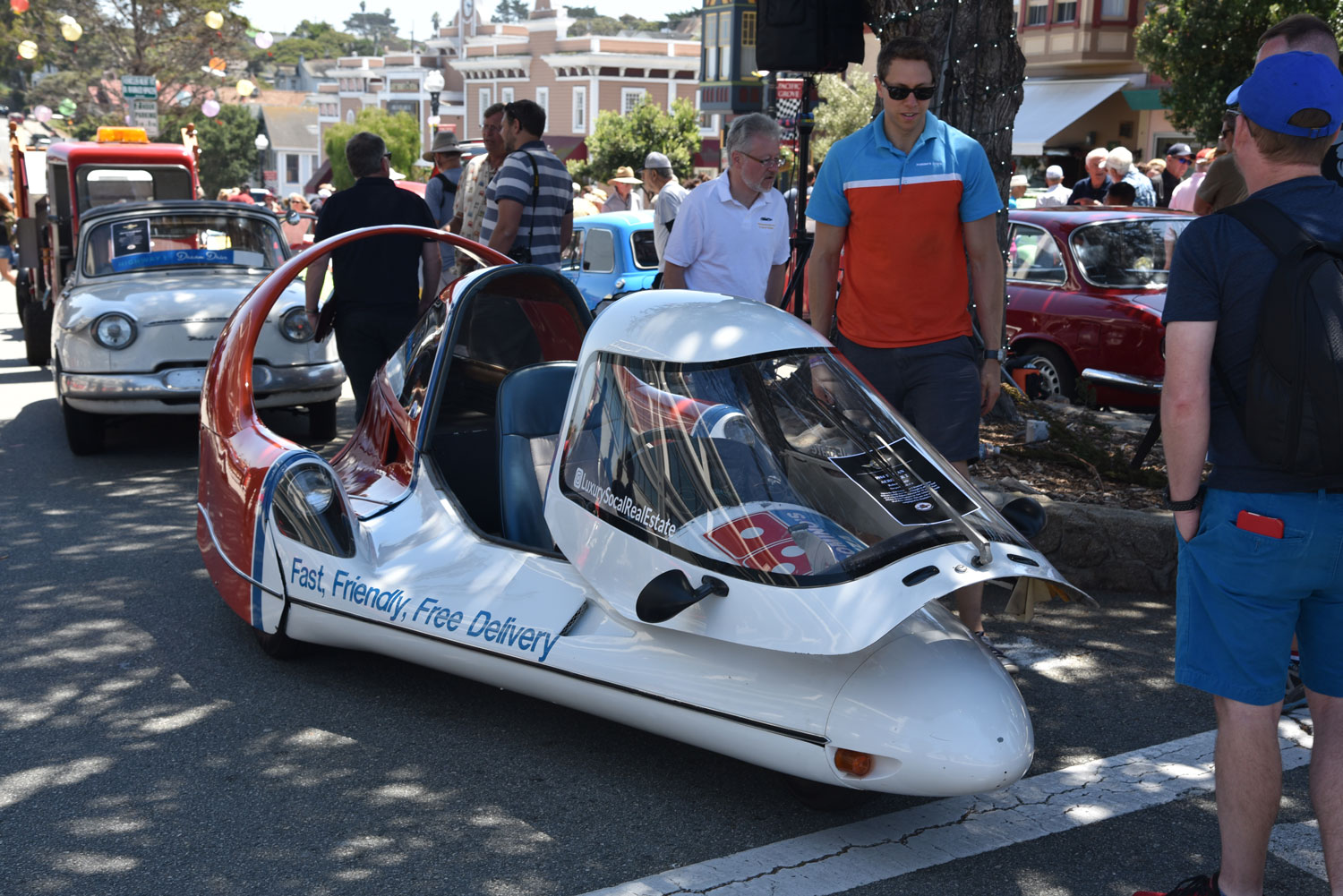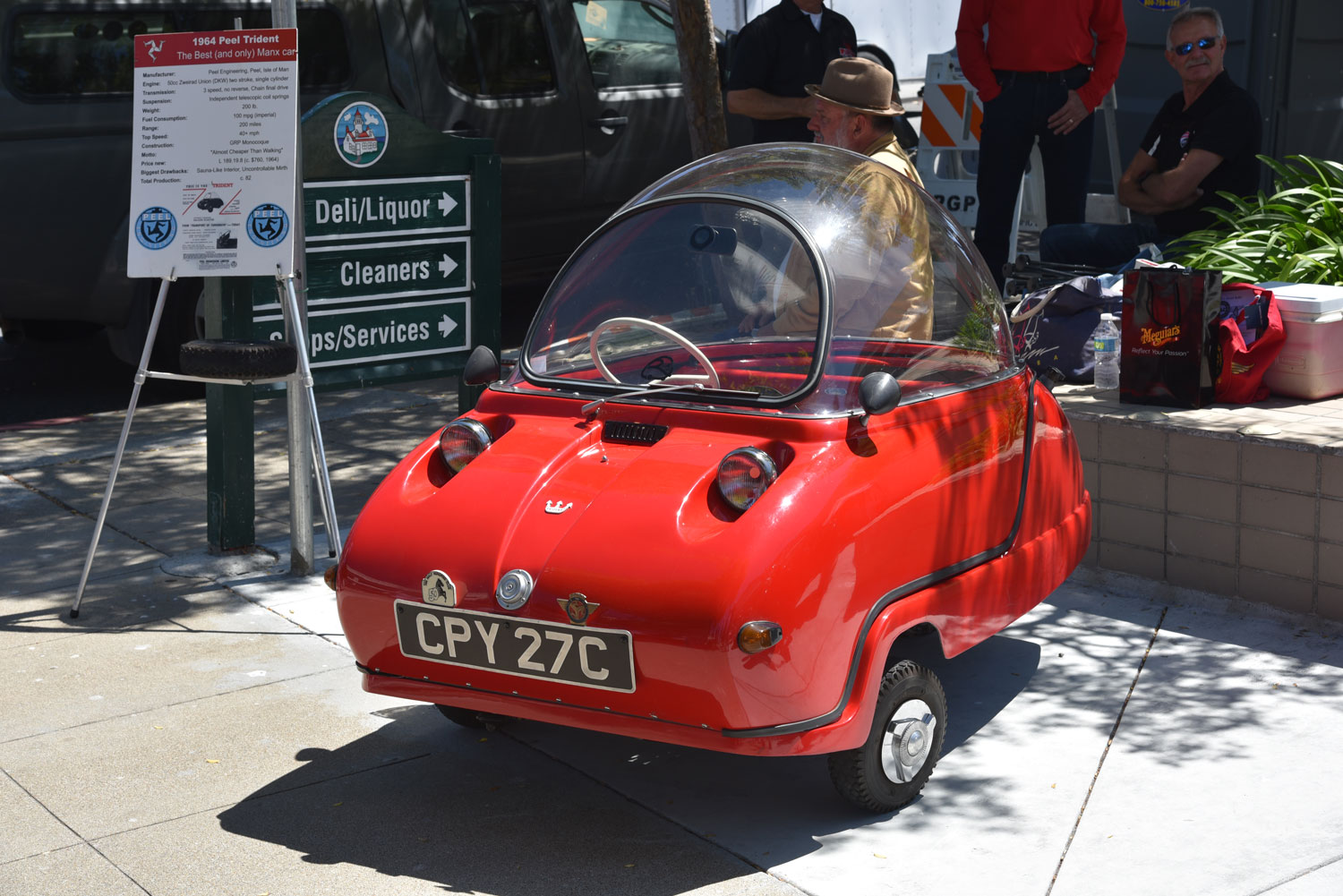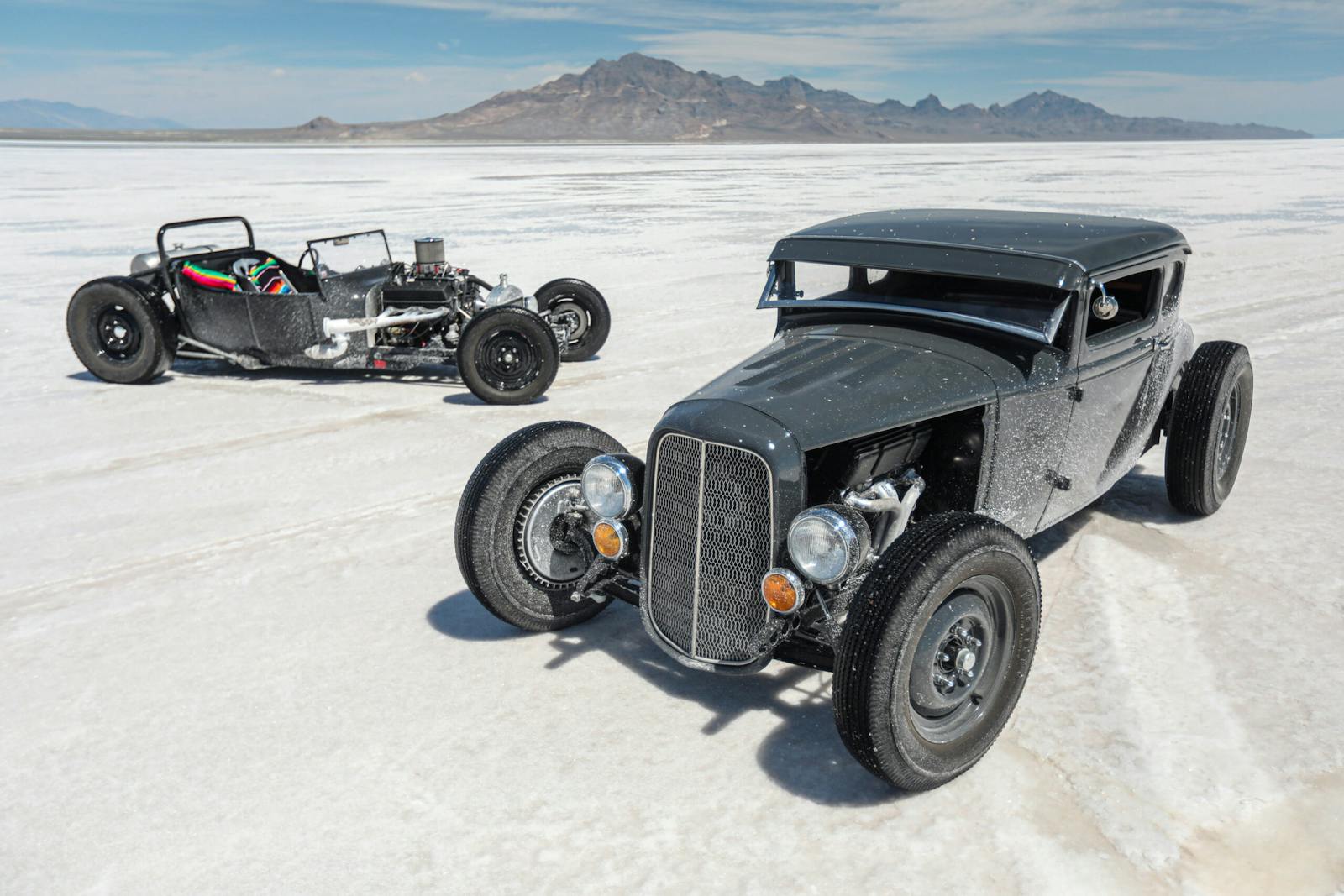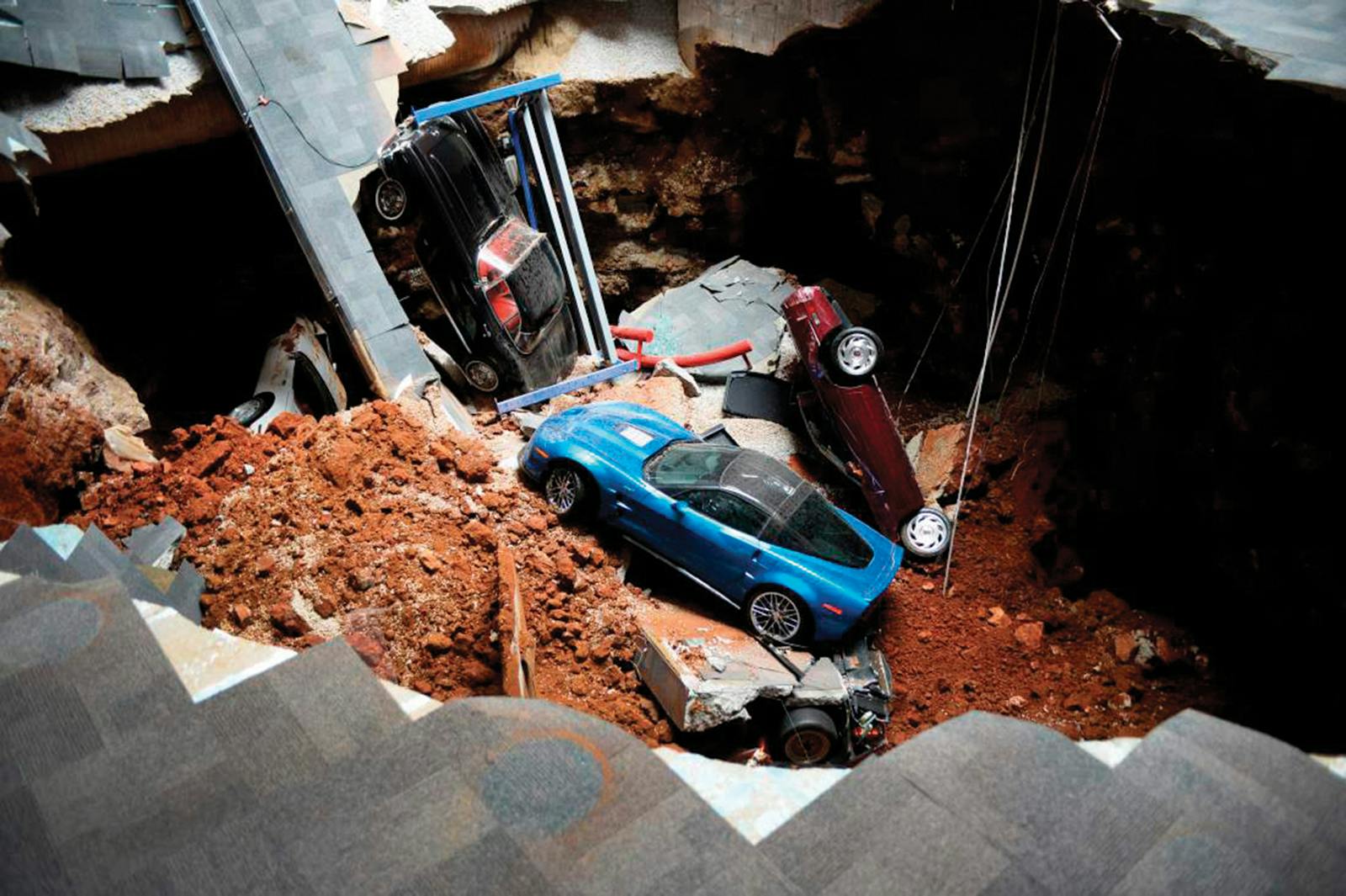5 little cars you didn’t know existed (or never saw before).
Celebrating its tenth anniversary as part of the weeklong Pebble Beach extravaganza, The Little Car Show has become a Wednesday fixture for the early birds who come to the Monterey Peninsula well before the weekend hoards. As the title implies, the show is for the wee fleas of the collector car world, or cars that are more than 25 years old and have engine displacements of less than 1601 cc. (the rules are very specific). Entry is limited to 125 cars and the main drag in downtown Pacific Grove is blocked off for this odd pageant of motoring, size-small.
Well, size small-ish, since a variety of Porsches, Alfas, MGs, Minis, and other relatively common classics are eligible that, while small, are not especially small. Here are five midgets from the show that you probably never heard of. Or if you have, you’ve probably never seen one in person. Or if you’ve seen one in person, you probably didn’t know what it was.
1974 Jeg

Made by VW of Brazil (often when you can’t identify a weird car, think of Brazil) in the early 1970s, the Jeg was sort of an extra simple version of the already simple Type 181, or Thing as it was called in the U.S. What makes the Jeg interesting besides the fact that very few exist, is that a few had four-wheel-drive systems adapted to what was otherwise fairly familiar VW Bus running gear. Indeed, the car on display claimed to be one of only three known 4×4 Jegs. The 1600-cc air cooled flat four sits in the back of the five (or six) passenger “sharp-edged steel body,” according to a brochure stuck on the windscreen, with a folding windshield and an optional winch.
1964 Peel Trident

Billed as “Almost cheaper than walking,” the bubble-top Peel Trident three-wheeler was built by the Peel Engineering Company, the only automaker ever to make cars on the Isle of Man. Yes, the same Isle of Man where bike racers going a million miles an hour on public roads during the island’s famous (and murderous) Tourist Trophy. Powered by a German DKW 50-cc two-stroke single-cylinder making 4.2 horsepower, the 200-pound gumdrop has a three-speed transmission that will propel the fiberglass car and, when the sun is out, its roasting occupant up to a terrifying 40-plus mph. It’s thought that around 82 were made.
1985 Tritan A2 pizza delivery car

Because Domino’s Pizza magnate Tom Monaghan loved cars and wasn’t afraid to spend money, he commissioned Ann Arbor, Michigan-based Tritan Ventures to produce ten of its A2, or Aerocar 2, prototypes as low-drag, high-profile pizza delivery devices. The Syvaro SP-440 engine was as bizarre as the body: it’s a 440-cc air-cooled rotary was said to be good for 30 horsepower and 80 mpg. Being a three-wheeler, the A2 was thought to combine the best attributes of a scooter and a car, with a space behind the driver for the stacked pizza boxes. But the project stalled before a nation-wide roll-out could happen. We don’t know why, but we can guess.
1967 VW Puma GTI

Another Brazilian oddball with VW roots, the Puma stole the dirty bits from a Karmann Ghia and wrapped them in a much more contemporary (for 1967) fiberglass coupe body inspired by the Lamborghini Miura. The car, which was sold in the U.S. as a kit, is handsome from many angles though from the side, the long overhangs betray its plebian underpinnings. Puma was able to keep the car in production for around 20 years before finally going under, the name transferring to a new owner in South Africa where several attempts were made to restart production.
1960 Auto Union SP1000

The Little Car Show featured this cute little 1955 Thunderbird near-replica from Germany’s Auto Union before it became Audi. Rather than a Ford Y-block under the hood, the SP1000 ran a 981-cc three cylinder two-stroke smoker before switching over to a more fiery 1280-cc V-6. Needless to say, parts for these are not available at NAPA. Around 6600 coupes and convertibles were built. Auto Union, formed from the merger of several German companies including DKW, Horch, and Wanderer, became Audi in 1969 with the absorption of NSU.


















